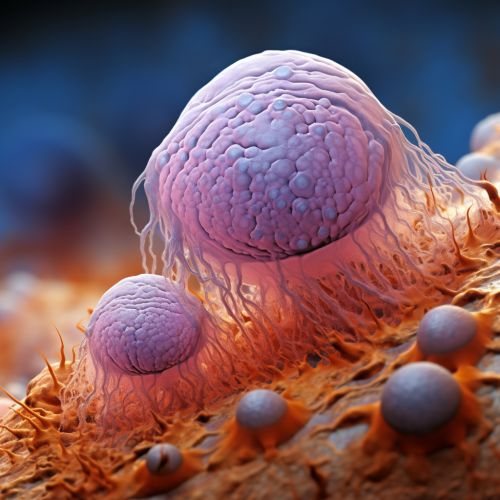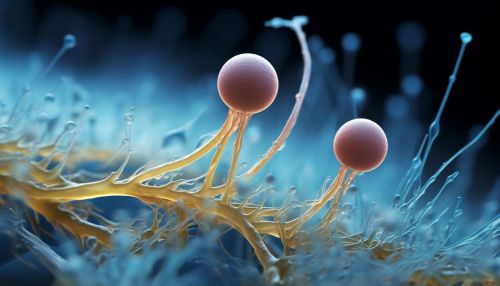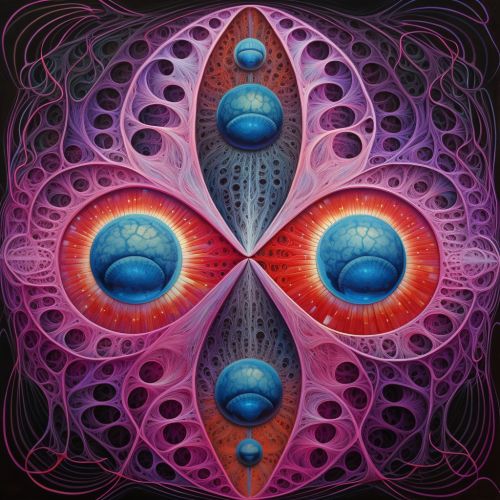Sexual reproduction
Introduction
Sexual reproduction is a biological process that creates a new organism by combining the genetic material of two organisms in a process guided by the principle of genetic recombination. It is one of the two primary methods of reproduction in organisms, the other being asexual reproduction.
Genetic Variation
Sexual reproduction introduces a significant amount of genetic variation via the process of meiosis and fertilization. During meiosis, genetic material from the parent organisms is shuffled and recombined, creating unique combinations of genes. This genetic diversity is a key advantage of sexual reproduction, as it increases the chances of offspring survival in changing environments.
Mechanisms of Sexual Reproduction
Sexual reproduction involves the fusion of two distinct types of cells, the gametes. The male gamete, or sperm, and the female gamete, or egg, combine to form a single cell called a zygote. This process is known as fertilization.


Fertilization
Fertilization is the process by which male and female gametes fuse to form a zygote. This can occur either inside (internal fertilization) or outside (external fertilization) the body of the female. The method of fertilization varies greatly among different species.
Development of the Zygote
Following fertilization, the zygote begins to divide and grow into an embryo through a process called embryogenesis. This process involves numerous cell divisions and changes in the structure and function of cells, leading to the formation of different tissues and organs.


Evolution of Sexual Reproduction
The evolution of sexual reproduction is a major puzzle for biologists. It is believed that sexual reproduction evolved from asexual reproduction, but the exact mechanisms and reasons for this transition are still a subject of ongoing research. Some theories suggest that sexual reproduction provides benefits such as increased genetic diversity and faster adaptation to changing environments.
Advantages and Disadvantages of Sexual Reproduction
Sexual reproduction has both advantages and disadvantages. The primary advantage is the generation of genetic diversity, which can enhance the survival of species in changing environments. However, sexual reproduction also has costs, such as the need for finding and attracting mates, the risk of sexually transmitted diseases, and the reduced rate of reproduction compared to asexual reproduction.
Sexual Reproduction in Different Organisms
Sexual reproduction is observed in a wide variety of organisms, from single-celled organisms like yeast to complex multicellular organisms like humans. The mechanisms and processes of sexual reproduction can vary greatly among different species.
